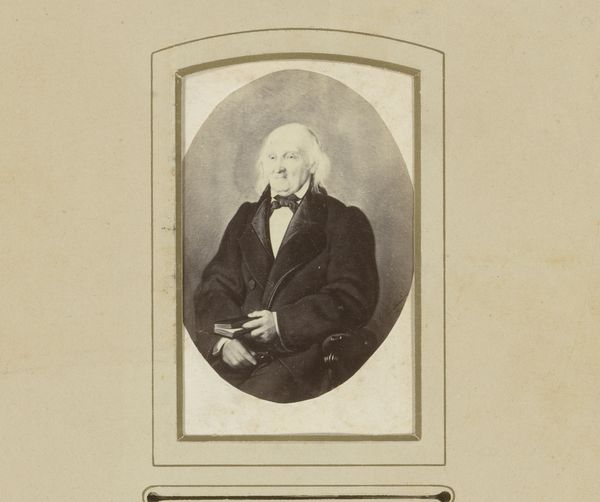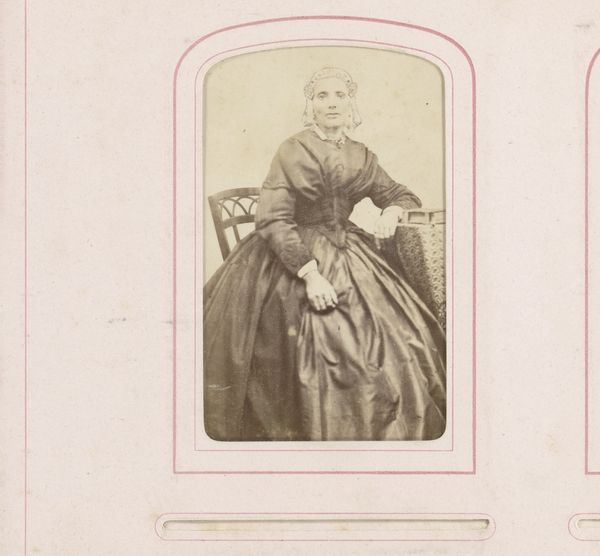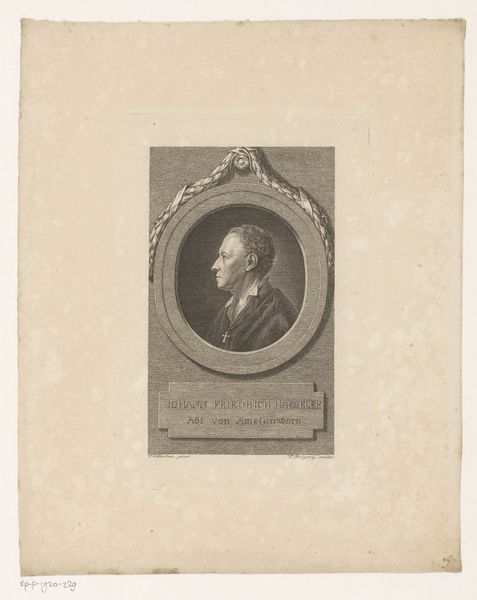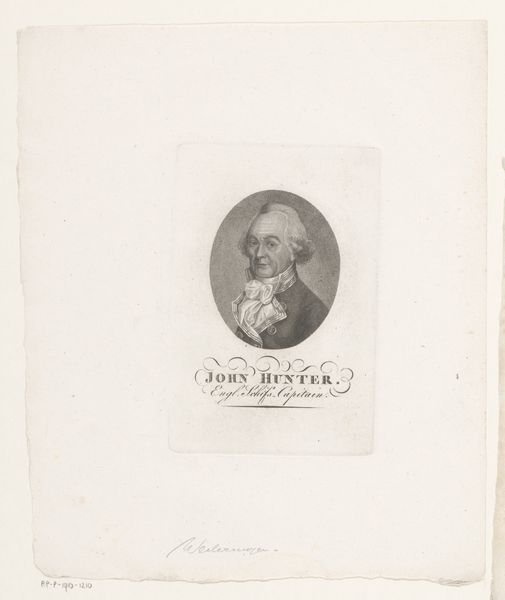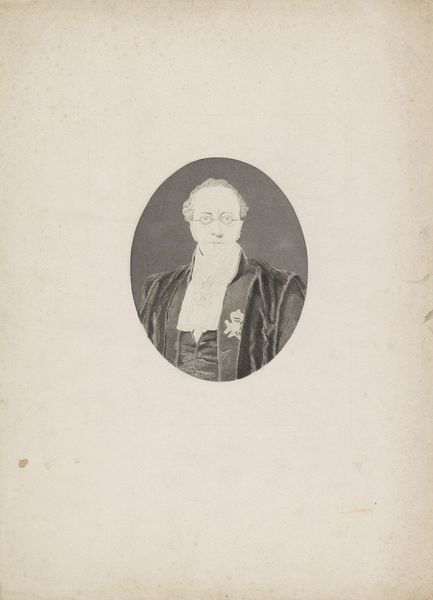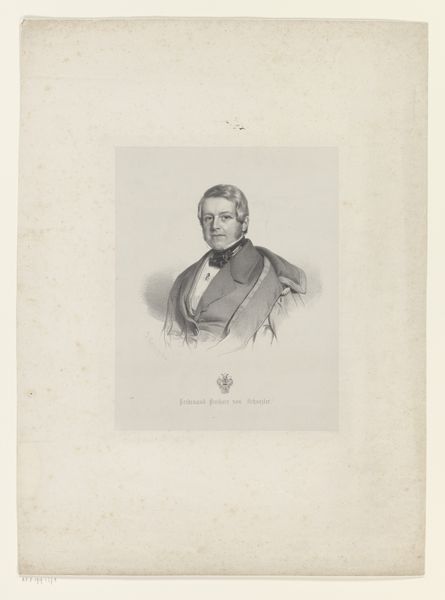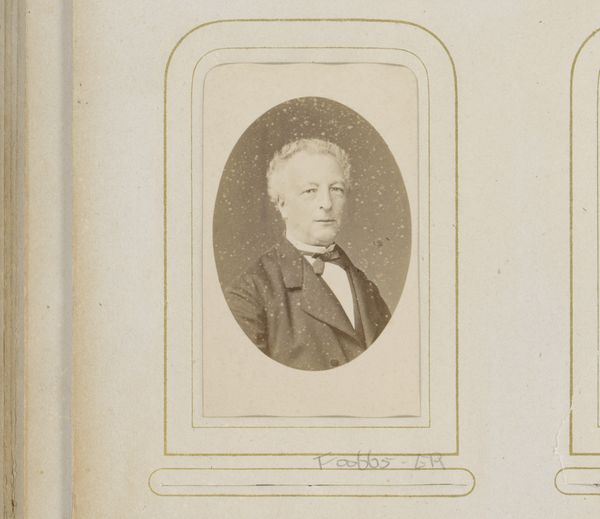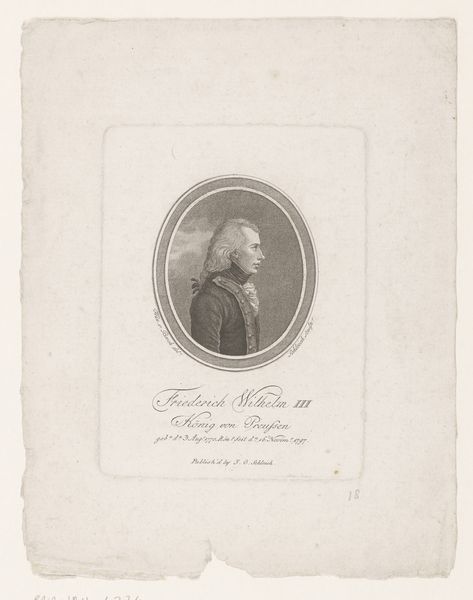
photography, albumen-print
#
portrait
#
photography
#
albumen-print
#
realism
Dimensions: height 84 mm, width 53 mm
Copyright: Rijks Museum: Open Domain
Curator: I'm drawn to the peaceful composure of this older woman. There's a stillness about her gaze, a hint of melancholy, perhaps, but also strength. Editor: Well, hello there, dignity captured! Let's contextualize that gaze, though. What we're looking at is an albumen print from sometime between 1860 and 1880, “Portret van een zittende vrouw met witte muts,” or "Portrait of a Seated Woman with a White Bonnet," by the Theweneti brothers. Curator: Ah yes, the albumen process gives it that lovely sepia tone. It almost feels like looking at a memory. I wonder what stories those wrinkles could tell if they spoke. And that bonnet! I can almost feel the delicate lace against my own skin. Editor: "Memory" is a fitting word because creating the albumen print was anything but effortless. Imagine coating paper with egg whites mixed with salt, floating it in a silver nitrate bath—a meticulous chemical dance under specific light conditions. Each print represents a tangible investment of labor. This wasn’t a quick snapshot; it was about imbuing photography with value as object. Curator: True. There’s an undeniable reverence, almost like portrait painting, but the stark realism… she isn't idealized; she is simply... there. Like looking into her soul. Editor: Precisely. Realism wasn't merely a style, it was a conscious choice—to render the world, people, circumstances of everyday existence, unfiltered. Think about how transformative that shift was. Ordinary folks documented in their own clothing, in rented studios, or even their homes! Before, painting only captured a very specific, privileged reality. Curator: The fact that the Theweneti Brothers chose her...makes her special. Maybe a beloved family member, or just a citizen of their world worth immortalizing. Photography offered that to ordinary folk: immortalization. Editor: Exactly! Photography's boom went hand-in-hand with an increased consumer appetite for affordable art. Portrait studios provided the new material culture people clamored for, shifting power dynamics of artistic value and who even got access to a visual culture before out of reach to the vast majority. Curator: Looking at it again, there’s such care taken even within the photographic constraints – the subtle play of light on her face, the carefully arranged folds of her dress… It speaks volumes. Editor: I agree. A valuable lesson, once again, in noticing art's power to democratize. From the subject to the image production and distribution, we see both industry, ingenuity and beauty captured within this photograph.
Comments
No comments
Be the first to comment and join the conversation on the ultimate creative platform.
